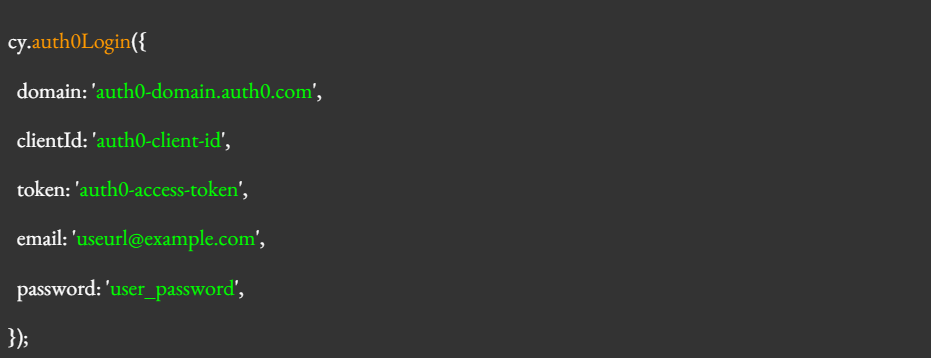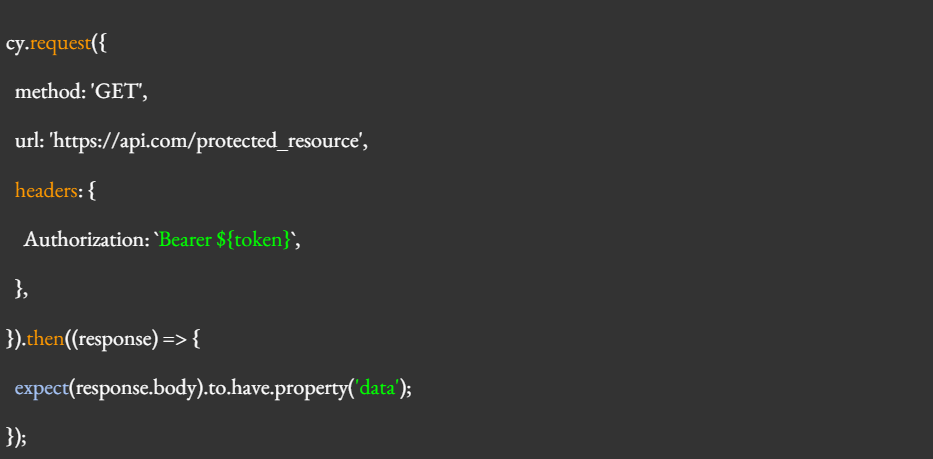
Are you seeking a cutting-edge solution to streamline your web application’s end-to-end testing while ensuring top-notch security? Look no further as we introduce you to the world of Cypress and Auth0, two technologies that, when combined, offer a powerful and efficient way to achieve robust testing and seamless authentication.
In this in-depth overview, we’ll explore the ins and outs of Cypress, a popular end-to-end testing framework, and Auth0, a leading identity management platform. By delving into their capabilities and demonstrating their seamless integration, we aim to provide valuable insights and practical knowledge to elevate your testing game and bolster your web application’s security.
Experience the magic of seamless integration – Cypress and Auth0, where testing meets secure authentication.
Why use Cypress for testing?
Cypress is designed to perform end-to-end testing with its JavaScript-based framework. It enables software testers to write and run tests that simulate real-time user interactions. Cypress tests also offer the following advantages:
- Easy to set up and use, allowing the testers to perform testing quickly.
- Testers can view real-time testing results alongside writing the tests.
- It has powerful debugging tools to detect and resolve defects efficiently.
- Test the application performance across multiple browsers.
- Fast, reliable, extensible, and free-to-use software with intuitive APIs for writing tests.
Why authentication with Auth0 is a must?
Authentication with Auth0 best practices is a must for Cypress testing for various reasons, including:
- Auth0 provides a secure way of authentication to protect the application from unauthorized access. Once the end-user successfully authenticates, he can enjoy a seamless user experience with improved application accessibility.
- Developers can quickly implement authorization policies to control end-user access to application resources.
- Auth0 provides SSO or one-time authentication and authorization capabilities.
- By integrating Auth0 into tests, developers can test the application’s authentication and authorization features with real-world scenarios.
Setting up Cypress End to End Testing with Auth0
To start with Cypress and Auth0, you must first set up an Auth0-enabled application and obtain an access token. Here are the steps:
- Sign up for a valid Auth0 account.
- Use the Auth0 dashboard to create a new application.
- Choose the application type(native app/sing-page app) you want to create.
- Configure application settings, like login URL, logout URL, etc.
- Check the supported authentication protocols.
- Obtain the unique access token by using an Auth0 API.
- Use the access token to validate your tests.
- Authenticate the users who try to access application resources.
Writing Cypress Testing with Auth0
First, you must install the Cypress-auth0 library to use the cypress testing framework with Auth0. The library is a plugin with a complete set of custom commands for interacting with Auth0. You can use the below command to install the Cypress-auth0 library:

After installation, you can use the cy.auth0Login command to log in to the application. This command takes an object containing Auth0 domain details, client ID, access token, and the user’s email and password. Here is the code example:

The above Cypress End to End Testing code authenticates you as a user with Auth0 and obtains the access token to grant you access to the protected resources. You can also use the “cy.request” command to make HTTP requests to the API:

The above code makes an HTTP request to access the API by using the access token through the Authorization header. The “expect” command then asserts the response from the API.
Here is the cypress request code you can use to log out:

The “cy.auth0Logout” command will invalidate the access token and log you out of the application.
Cypress Best Practices for End-to-End Testing with Auth0
Here are some best practices to consider when performing Cypress end-to-end testing with Auth0 authentication:
Use Cypress custom commands
Using Cypress custom commands simplifies the test code and makes it more readable. Testers can also create scripts using the custom commands to log in to the application using Auth0.
Use environment variables
Environment variables are the best to keep the secrets and access tokens safe. Hence, the developers should use environment variables to store the details of cypress authentication data, Auth0 domain, client ID, and access tokens. This will prevent your secrets from being exposed in your codebase.
Use test data and test fixtures
Use test data with test fixtures to create test users and resources in the application. This ensures that the tests are predictable and repeatable with consistent test data. This also reduces the amount of setup code in cypress test cases.
Keep tests modular
Keep all cypress e2e testing cases modular by breaking them down into smaller test cases. Add necessary stubs, mock HTTP requests, and simulate network requests in the tests. This helps simulate different testing scenarios and ensures the application handles all HTTP requests correctly.
Wrapping Up
With this blog, you got an overall view of why to use Cypress for end-to-end testing and why to use Auth0 alongside cypress. Indeed, the combination of Auth0 and cypress testing ensures the application stays highly secured and performs without any issues.
Now you know how to use Cypress Custom Commands and Auth0, form your test cases by encapsulating Cypress End to End Testing logic. Use the above-mentioned best practices to improve your test cases and keep testing in real time!
